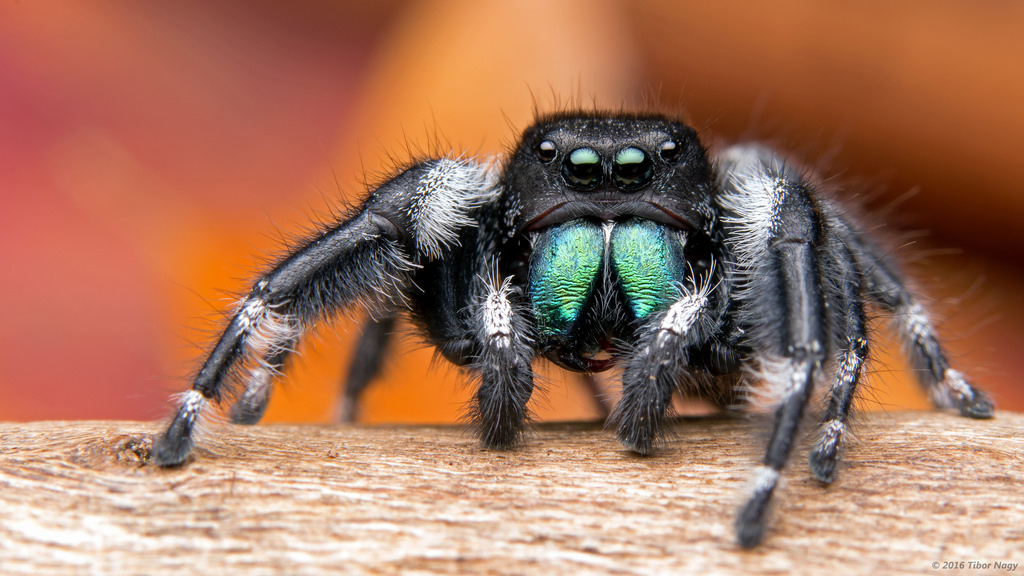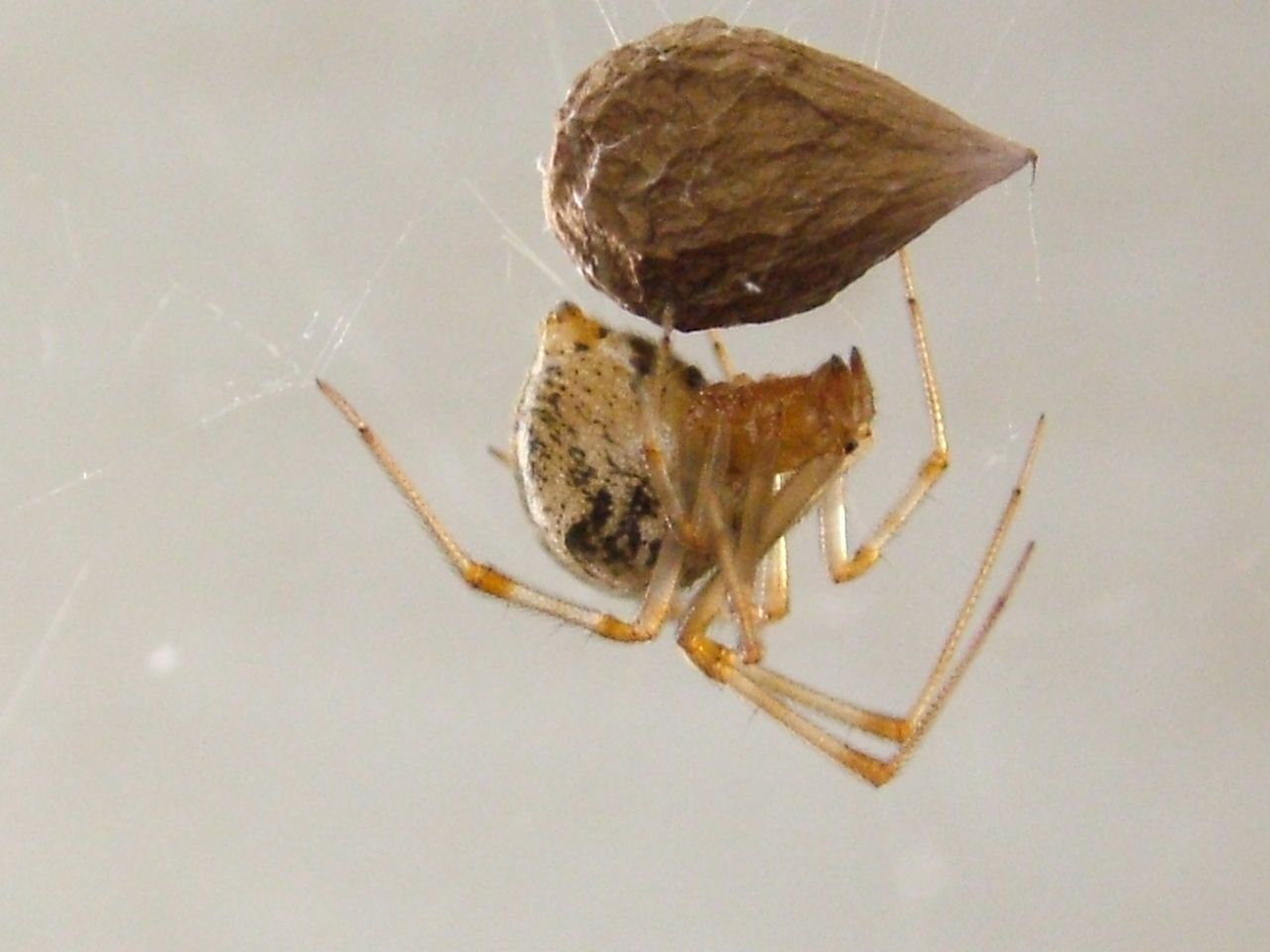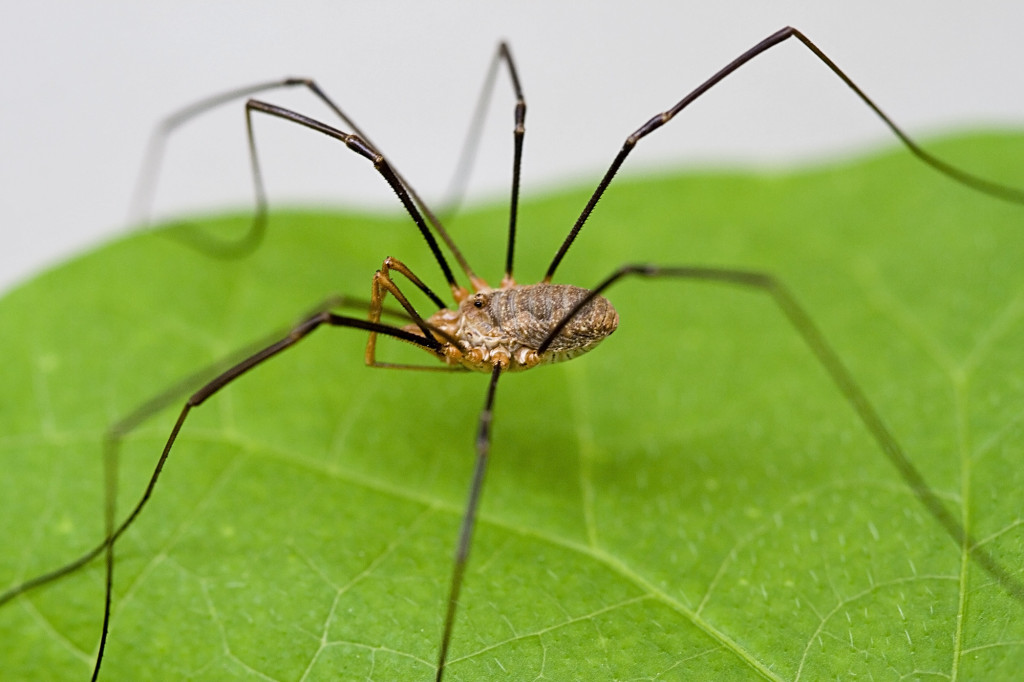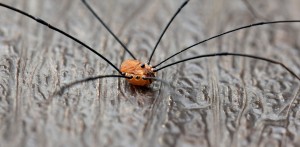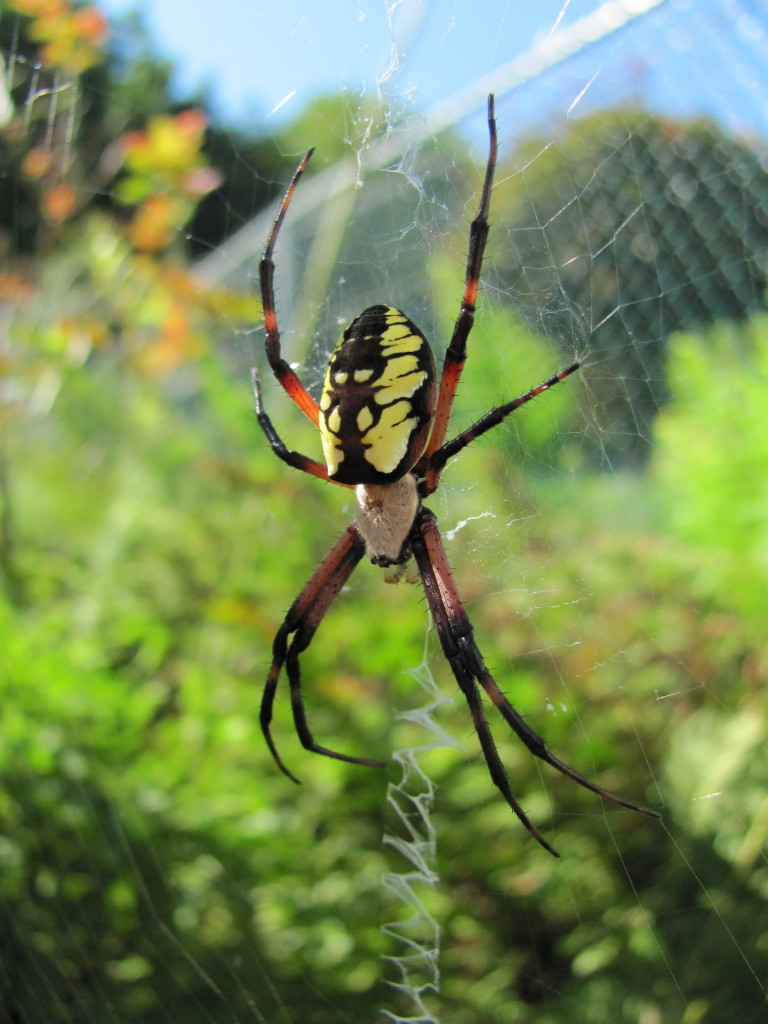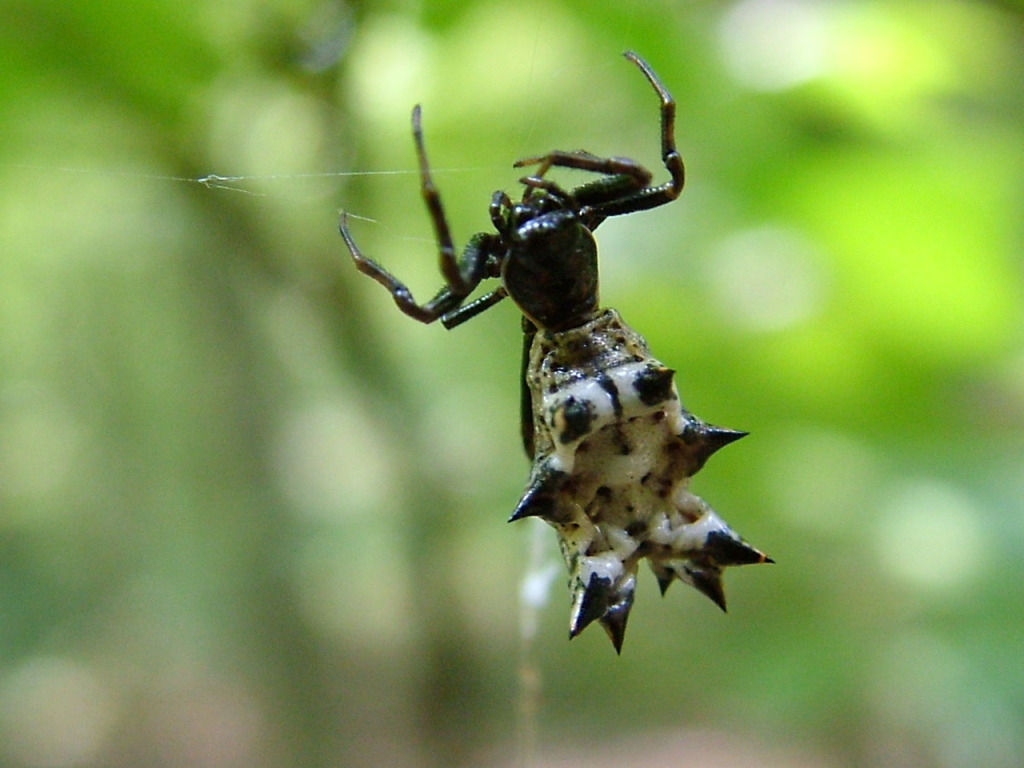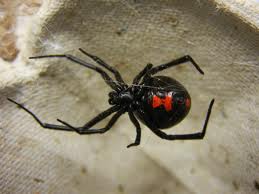Spiny Spiders of Fall

What is that Spiny Spider?
There's magic to fall, and the cycles that ramp up (or down) before the cold. You'll start to see all sorts of animals scurrying around caching nuts, humming birds stocking up on nectar, and general mayhem before the birds depart on their way south. To me, there are three signs that fall is coming:
- Black gum tree leaves change their color (they're the first to turn red, along with poison ivy)
- Fungus starts popping up everywhere
- Spider webs smack you in the face constantly on the trail and you have to dodge spiny spiders.
This leads me to helping you identify those pesky spiders that you're dodging on the trails in fall.


![By Thomas Shahan [CC BY 2.0 (https://creativecommons.org/licenses/by/2.0)], via Wikimedia Commons)](https://infinitespider.com/wp-content/uploads/2018/02/Female_Jumping_Spider_-_Phidippus_regius_-_Florida.jpg)

